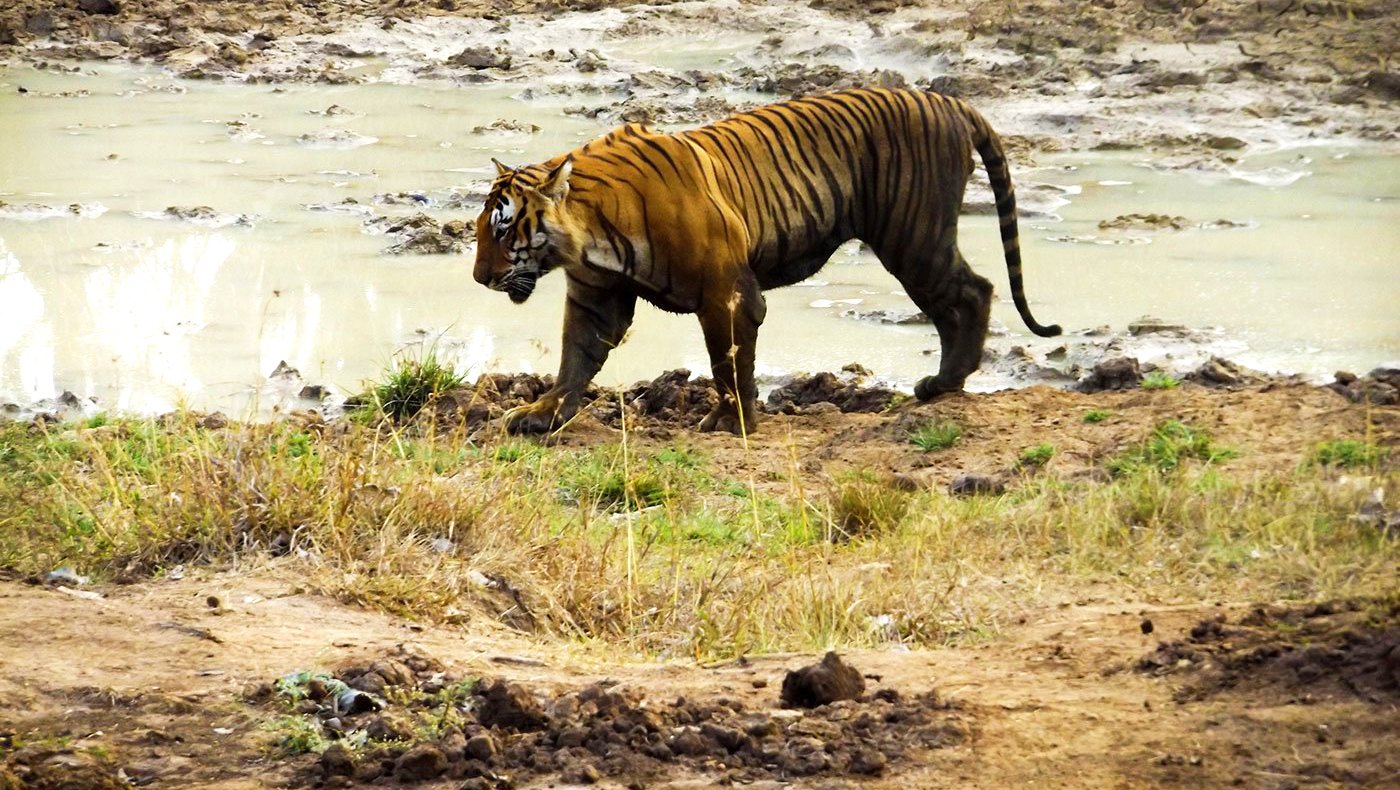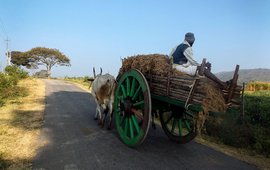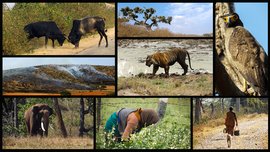K.N. Mahesha is a trained naturalist, who previously studied commerce. He and his father are cultivators in Kunagahalli village. When he took the photographs for this essay, he was working with a local non-governmental organisation to remove invasive weeds from the Bandipur National Park.
His photo essay is part of a larger collaborative photography
project about living with wildlife, and the fourth in a series of six on PARI. “When I was
given the camera, at first I didn't know what to click and I was very shy about
taking pictures,” Mahesha, 27, says. “Then I started clicking anything that I
found new and interesting. I liked this project a lot; through it, we see
what is happening in the villages.”
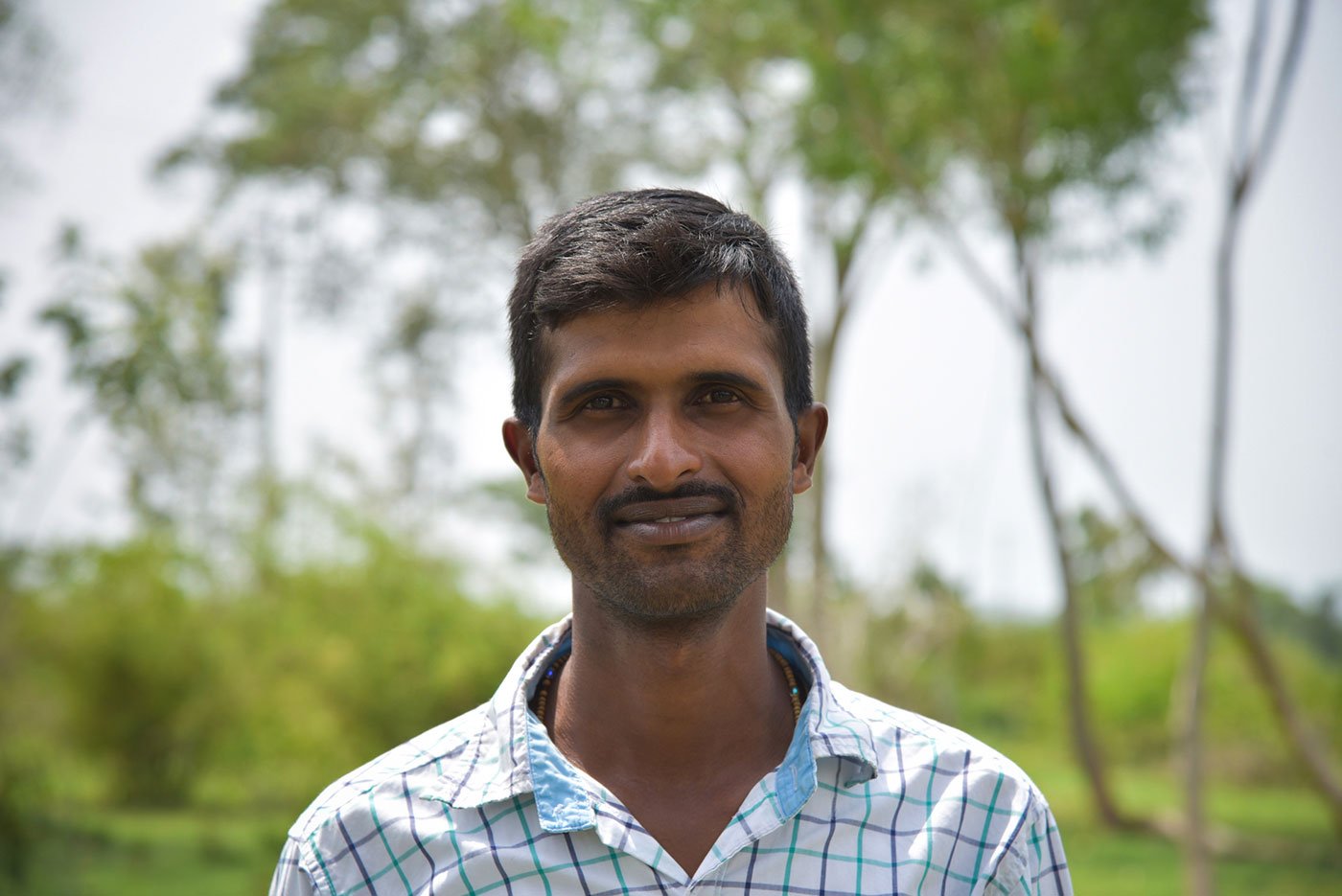
Mahesha hopes this project will make more people aware about the issues faced by the villages around Bandipur in Chamarajanagar district of Karnataka
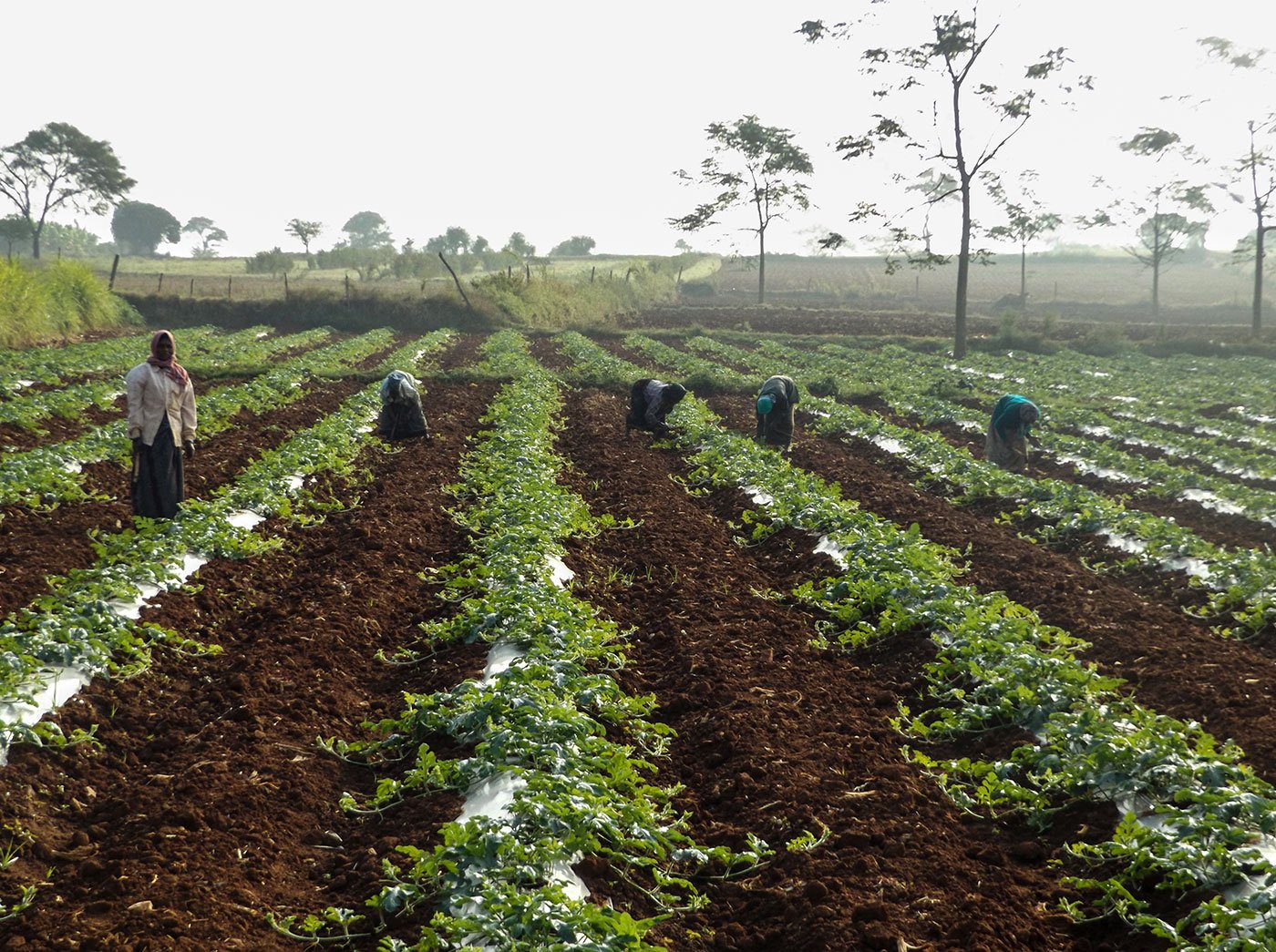
Watermelon field: “This is my neighbour’s farm, and the women are removing weeds from a watermelon field. Sometimes boars and elephants come here. Recently, the boars have become a big problem. There are trenches and fences to prevent elephants, but the boars dig up under the fence and come to the fields and eat the melons because they are very tasty. People monitor their fields even at night to protect the crops, they use lights to keep the boars away. But the boars will come when there is no power. Last time, they ate away half an acre of melons”
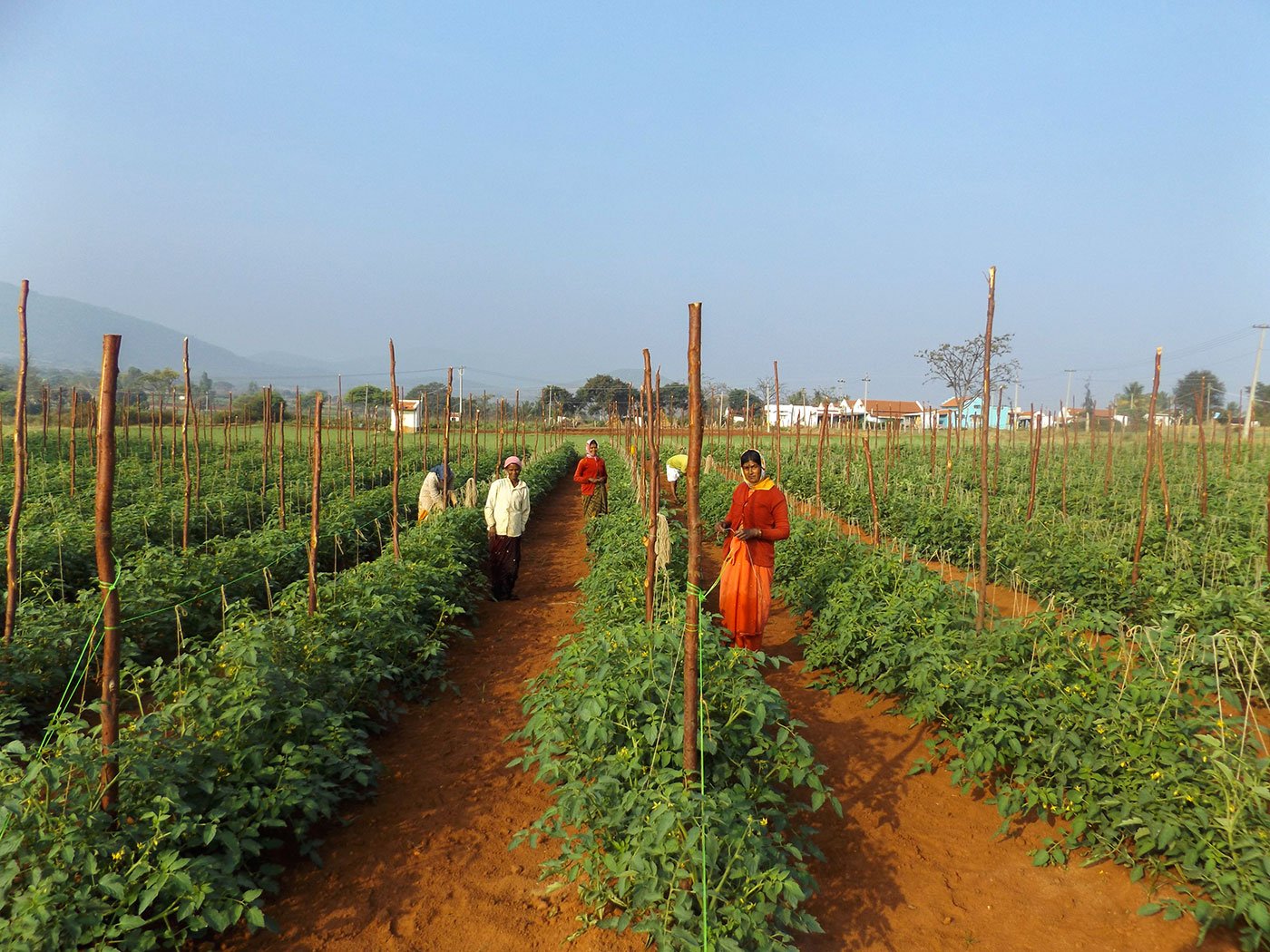
Tomato farm: “Boars often come and destroy tomato farms too. We try to protect the farm with solar fencing. They come looking for tubers and they dig up the plants – they don't eat tomatoes much, otherwise these too would have been eaten. We aren’t getting good prices for our tomatoes. Last year, the price was very low, one rupee per kilogram, so we had to just throw away all the tomatoes. But now the price has gone up to 40 rupees"
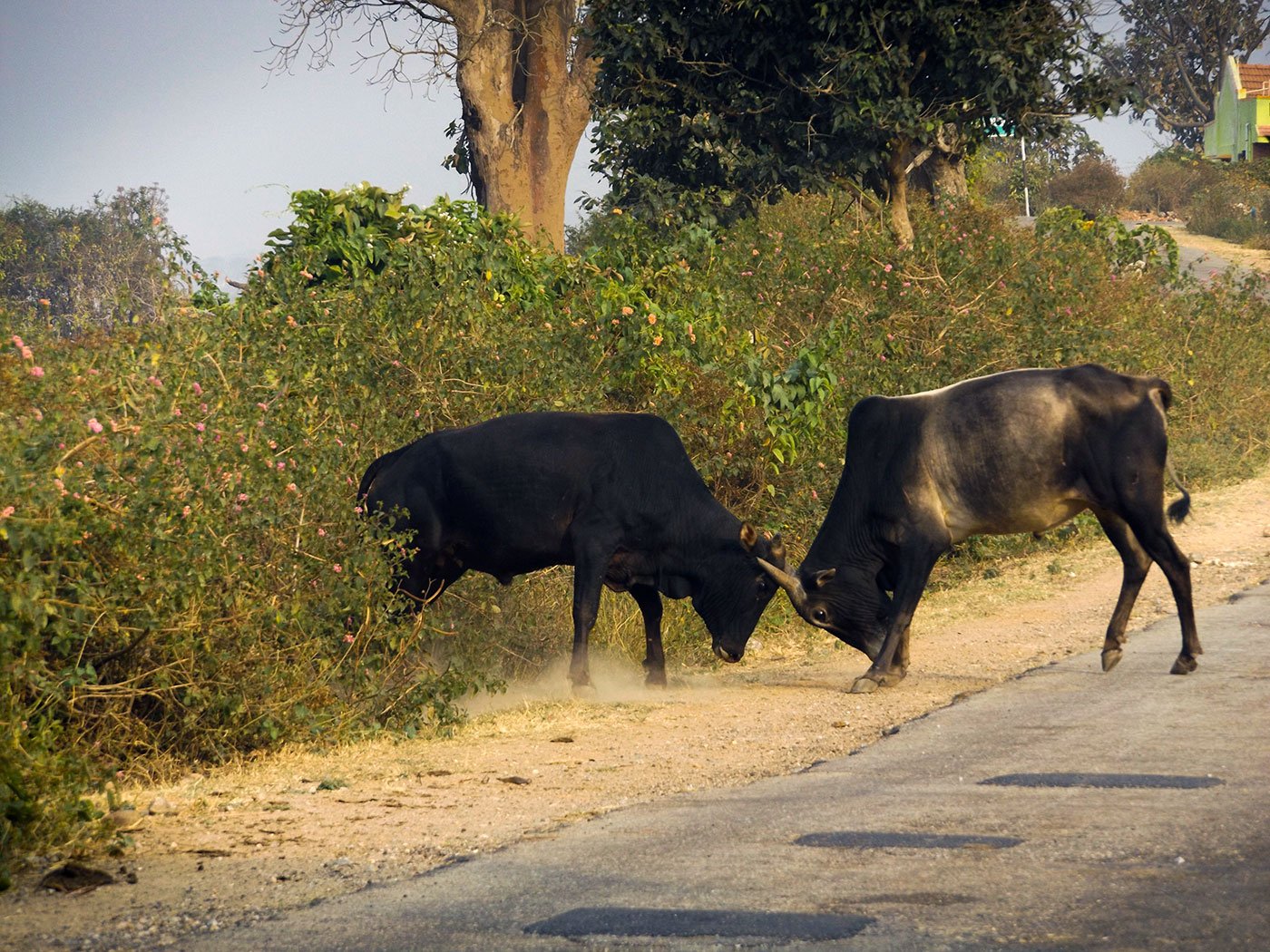
Fighting bulls: “These are scrub bulls. People used to have many more scrub cows than they do now. They were sent for grazing in the forest, but this isn’t permitted anymore. Now more people have a few hybrid cows, they are much more expensive and sensitive, but produce more milk than scrub cows. The scrub cows are mostly kept for their dung. People from Kerala come and buy the dung, but there are fewer cows now”
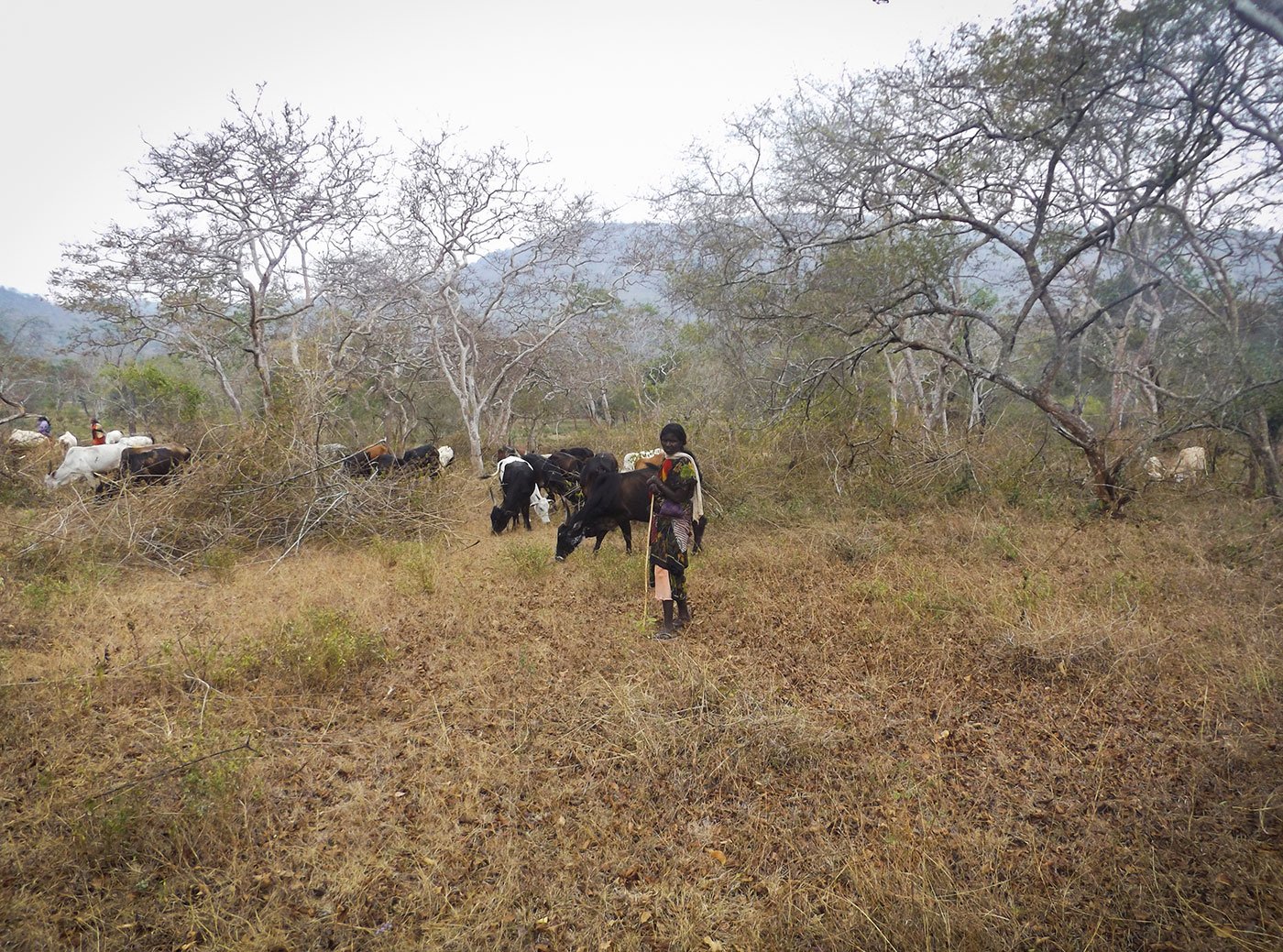
Cowherd: “This is at Hadinakanive [Valley of Songs]. The woman in the picture is a Jenu Kuruba Adivasi grazing her cows in the forest. I see them every day. She probably has about 100-150 cows with her. They complained to me that two cows and one calf were recently killed by wild animals. So they go in groups to graze their livestock. They live at the fringes of the forest – it is illegal to graze inside the forest, but they say that they don't have much grazing land so they go into the forest with their animals.”
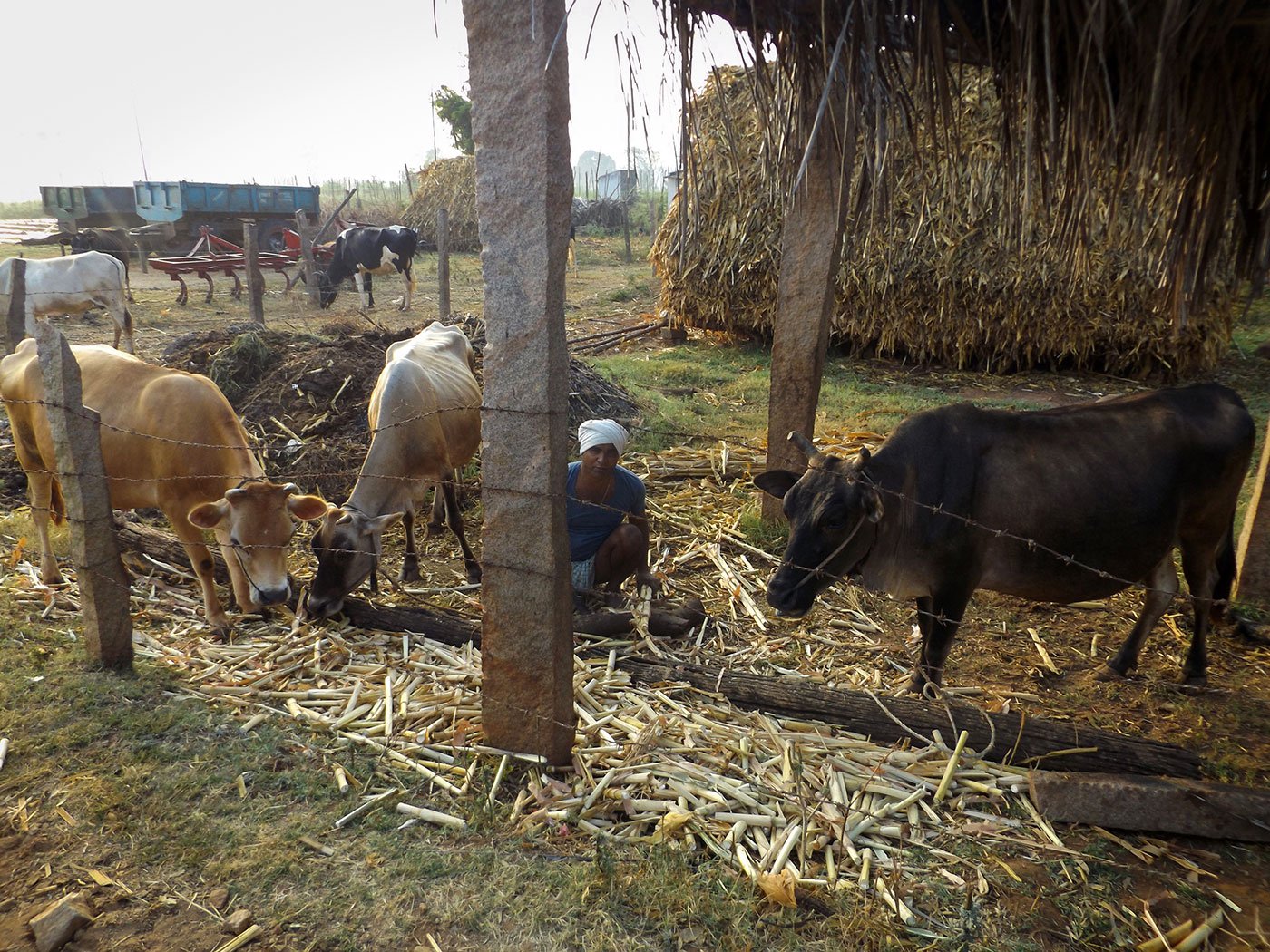
Cows feeding under shed: “This is my neighbour, he owns three hybrid cattle. He stores large amounts of fodder to feed his cows for a year. He also stores horse gram, bean husk and maize. During summer, when there won't be grass, he can feed all this to his animals. Hybrid cows can't bear much heat, that's why he has built a shed for them, they are very sensitive. Water, millet cake and other items are supplied directly under the shed for them”
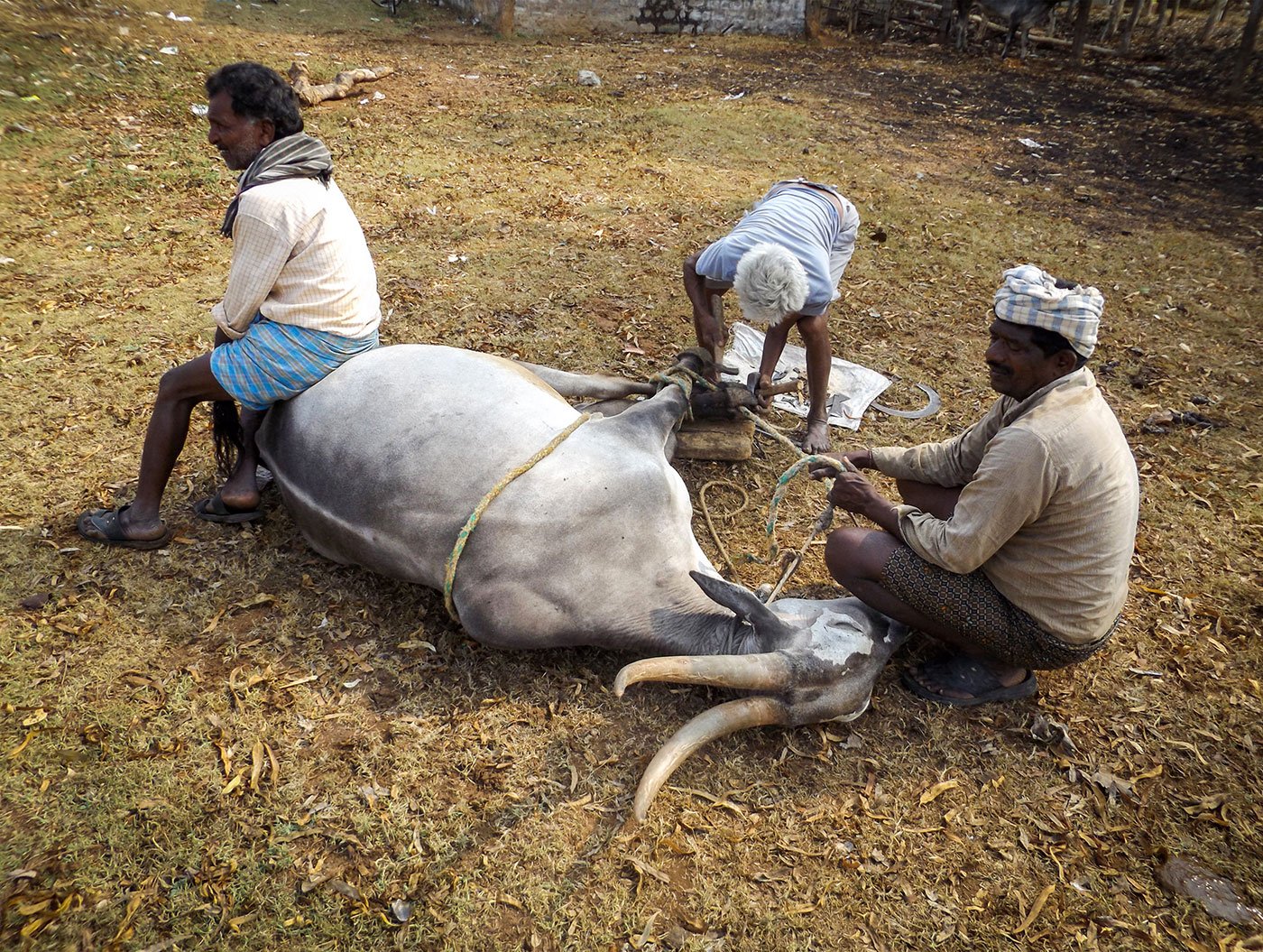
Cowshoe: “This is an important procedure for the bulls. Just like how we wear shoes, bulls also need a lala (a ‘cowshoe’). They walk on the bare ground with a lot of stones, so this is very important. Every month, a person from Gundlupet [town, around 22 kilometres away] comes and does this procedure. We get the bull and they get the cowshoe. Some people even get this done for cows, but it is a must for all bulls once every six weeks”
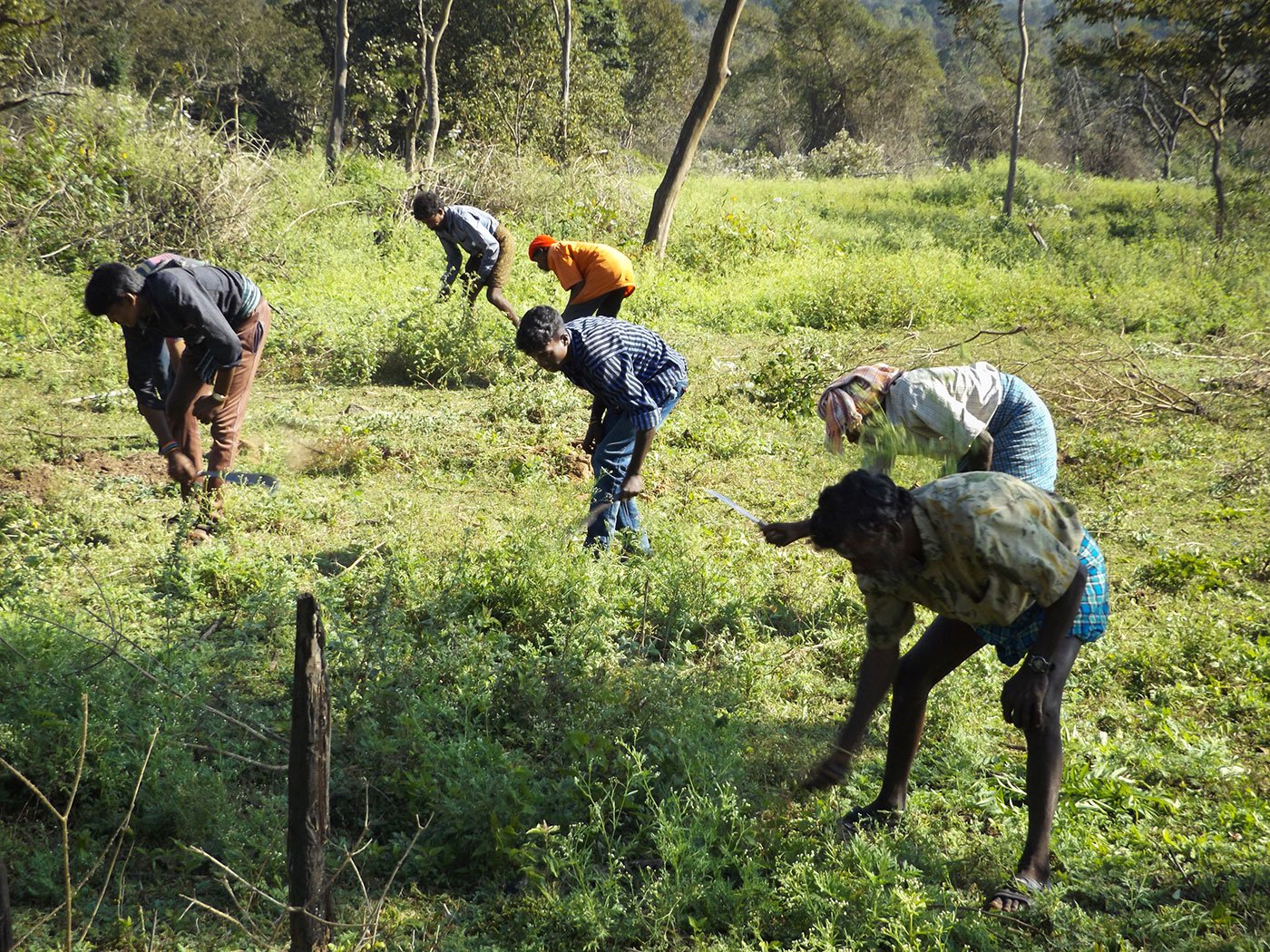
Weeding: “Different varieties of weeds are growing in the forest, casing less grass to grow. There is plenty of lantana and eupatorium growing here. Because of this, the prey base for predators like tigers is reducing, and they are coming out of the forest and attacking our sheep and goats. We [the NGO Junglescapes, where Mahesha works] are doing this work of weeding for the forest department. We are hoping that grass will grow and there will be fodder for deer, sambar and other animals. Then tigers, dholes and leopards will eat them and won't come out of the forest. The people in this picture are Jenu Kuruba Adivasis, who get employment opportunities through this work. This work is good both for the forest and the people”
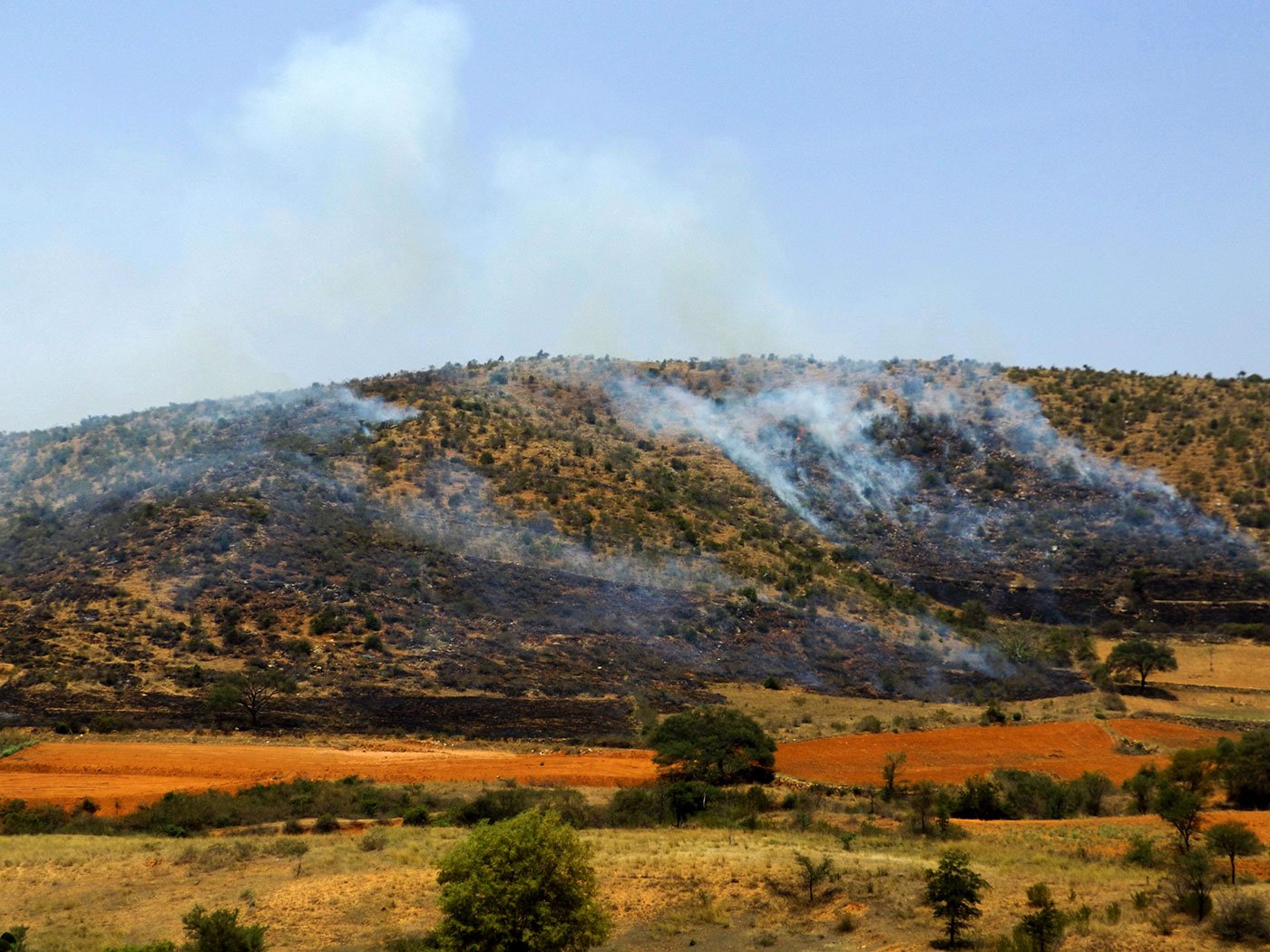
Forest fire: “This was in the morning, while I was going to work at a place called Donkibetta near Yelachatti. The forest department is trying to put out the fire. Some villagers have lit the fire. They do it because they think the thick bushes need to go away to let grass grow for grazing their cattle in the summer, when there isn’t much grass. They don't realise that the fire also kills small animals and birds. Fire is the main conflict here.”
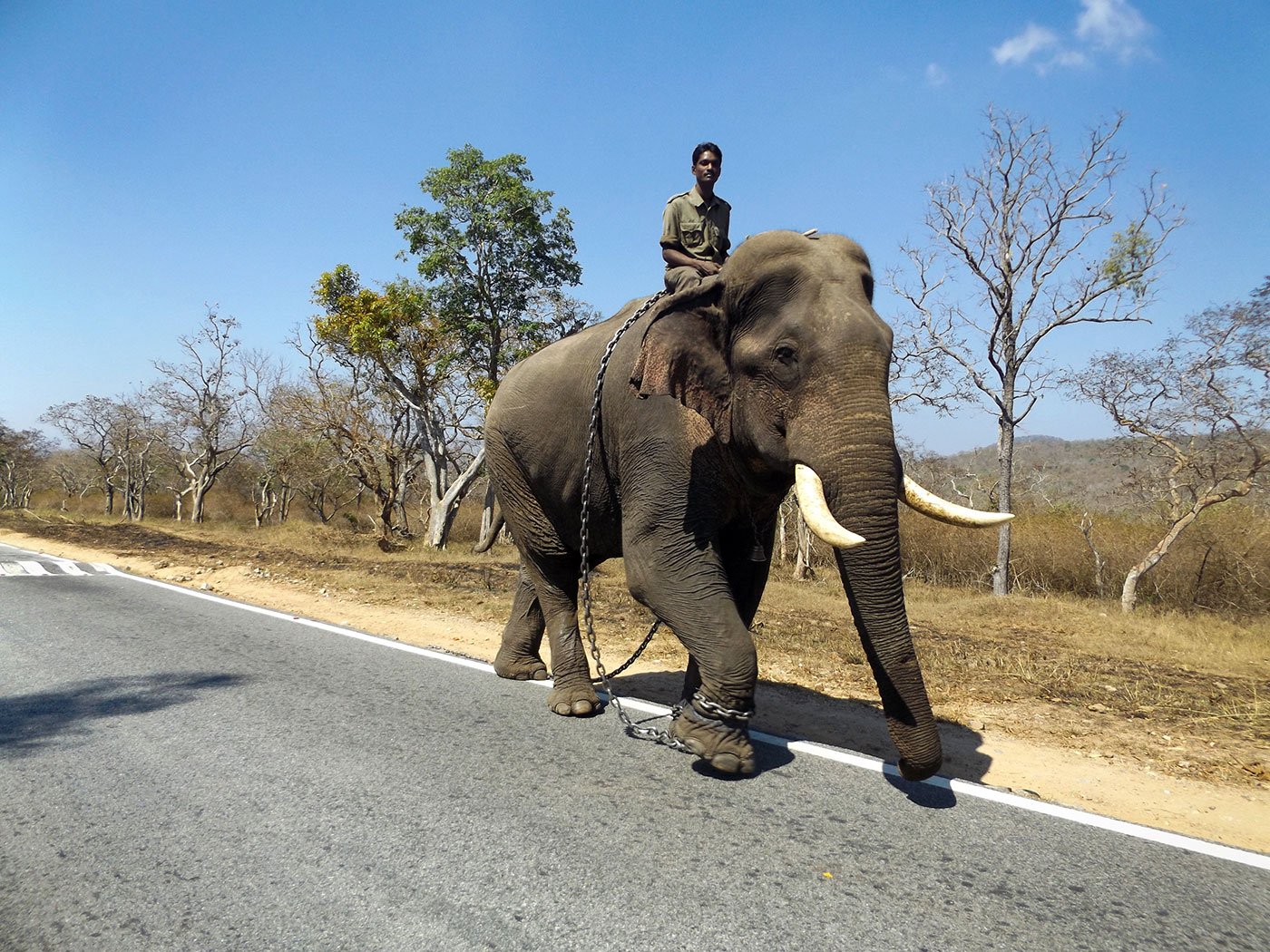
Mahout: “This is Krishna, he is a mahout. I see him every morning. He is taking the elephant to the forest. They feed the elephant ragi by 9:30 every morning and get it back by evening and feed it again. This is a kumki [captive, trained elephant] used by the forest department. It is a good elephant compared to some of the others”
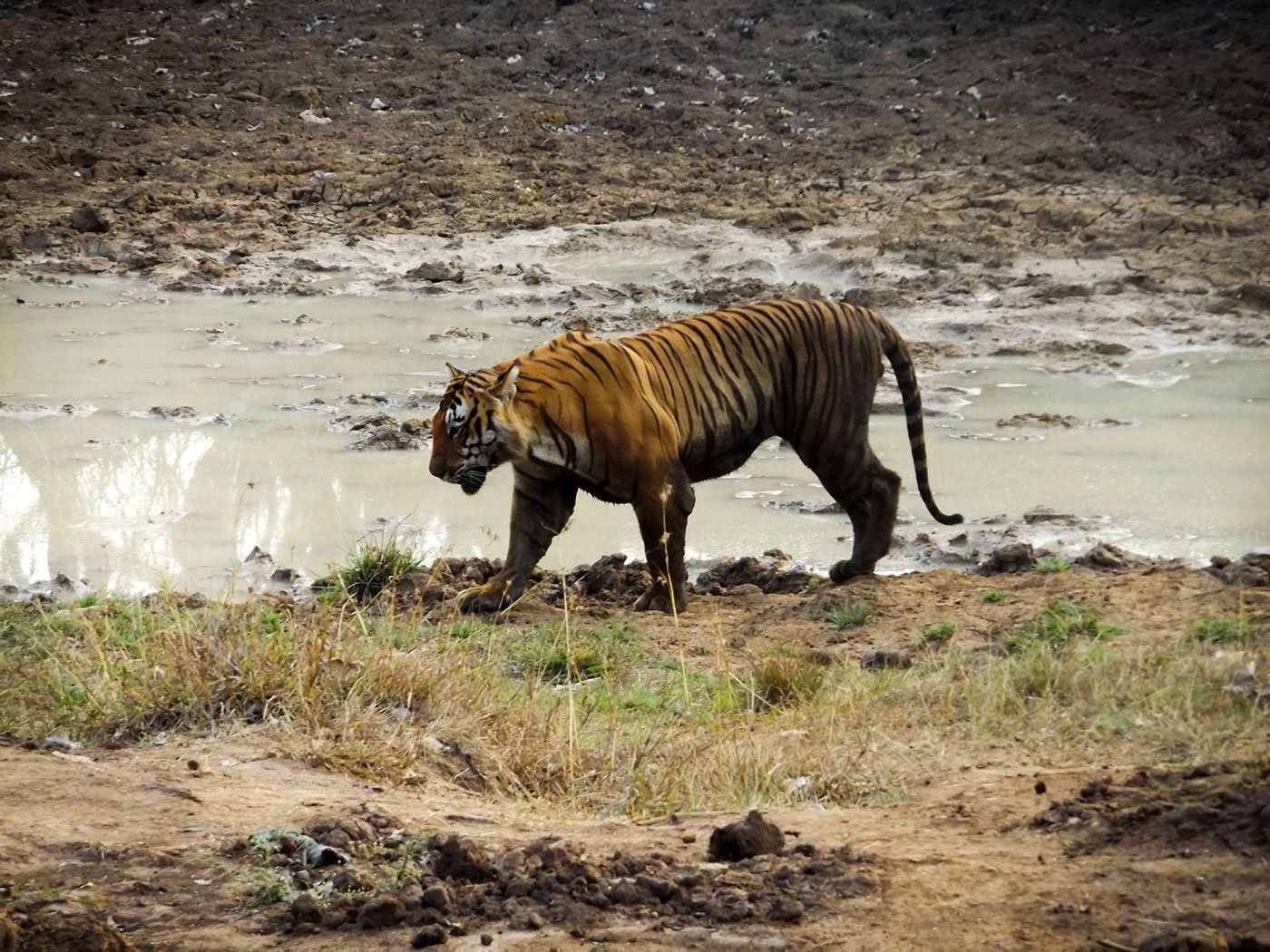
Prince: “This is my favourite tiger, Prince, he is around 11-12 years old. Prince is everyone’s favourite tiger in Bandipur, I have seen him many times. Once Prince is sighted, he will stay for at least 1-2 hours. He will come and sit very close by. Recently, I had a close encounter with him. I went on a safari and spotted him, he came very close to where I was in the jeep. I was so scared that day!”
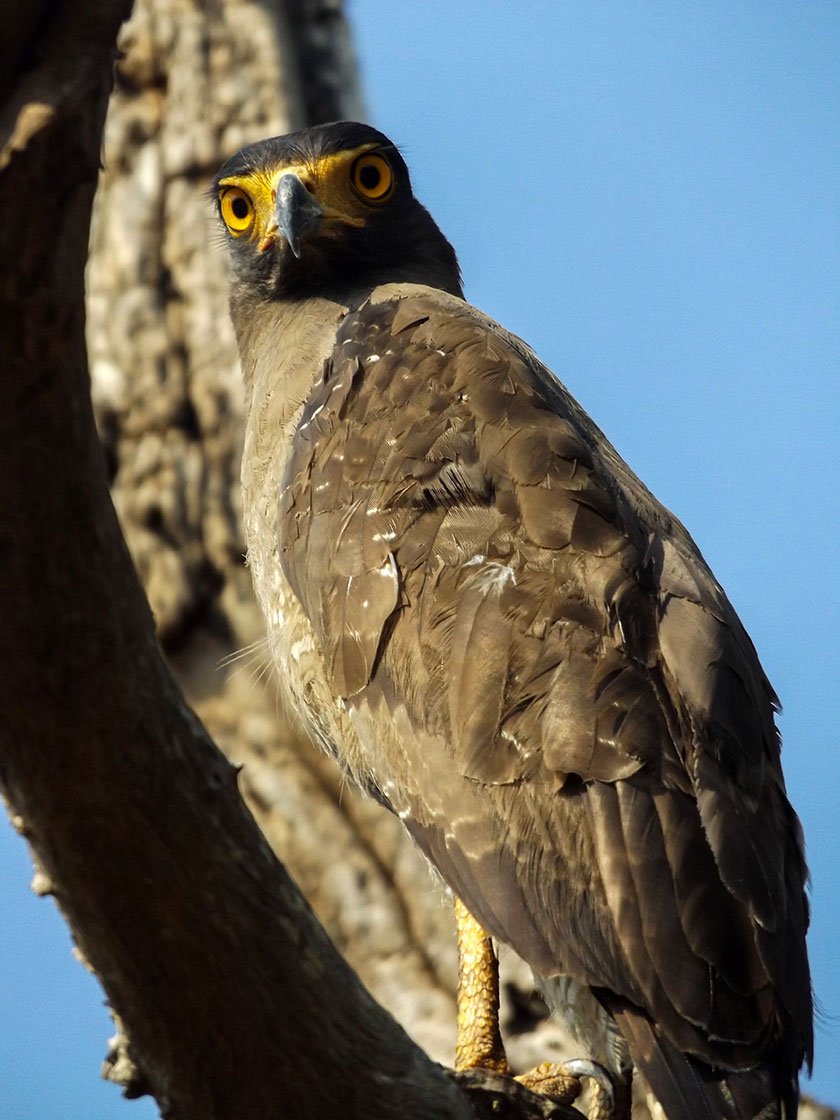
Serpent eagle: “This is a raptor. It mainly eats snakes. It is often sighted in this area”
This work was facilitated by Jared Margulies, in coordination with the Mariamma Charitable Trust, located in Mangala village, Karnataka. It was made possible with the support of a 2015-2016 Fulbright Nehru Student Research Grant, a Graduate Student Association Research Grant from the University of Maryland, Baltimore County, in-kind support from the Mariamma Charitable Trust, and above all, the participation, enthusiasm and efforts of the photographers themselves. B.R. Rajeev’s help in the translation of the text was invaluable, too. All copyrights for the photo are held by the photographers alone in accordance with PARI’s Creative Commons policies. Any questions about their use or reproduction should be directed to PARI.
Related stories:
When Jayamma spotted the leopard
‘We have hills and forests and we live here’
Home with the harvest in Bandipur
'That is where the leopard and tiger attack'
'This calf went missing after I took this photo'
